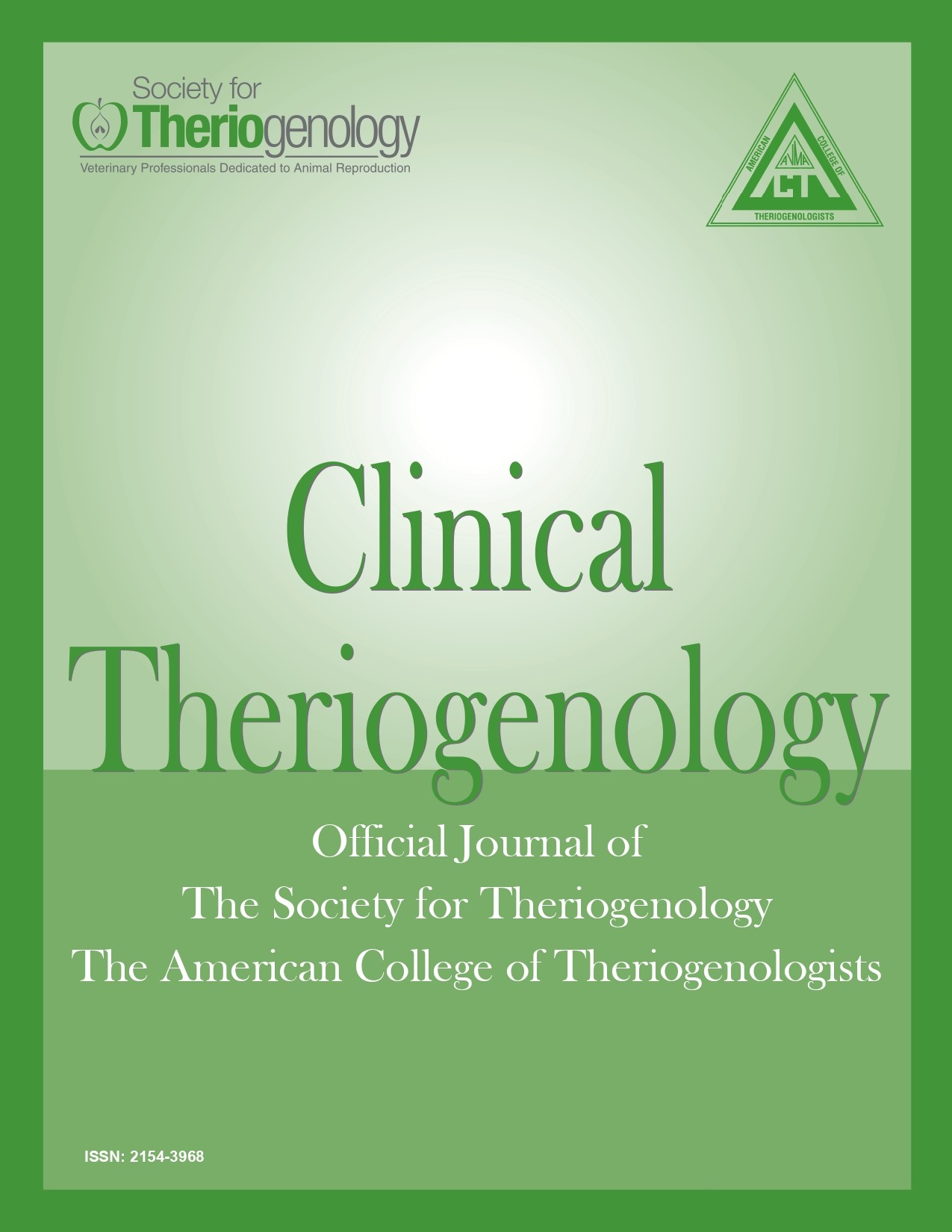Development and validation of an ovine cesarean surgery model and rubric
Abstract
Clinical skills are learned through deliberate practice with specific feedback. However, it is not possible to provide such experience to each student in food animal reproductive procedures (e.g., cesarean surgery). Aims of this study were to create an ovine cesarean surgery model to facilitate skill acquisition, to create a scoring rubric to assess performance, and to gather validation evidence for the model and rubric. A commercially available ovine manikin was modified using poured silicone to create suturable skin, muscle, and uterus containing a commercially available fetal lamb manikin that could be manipulated and delivered. A scoring rubric consisting of a 16-item checklist and 5 global rating scores (GRS) was created. Model was tested by veterinarians (n = 14, experts) and veterinary students (n = 16, novices) in a validation study that evaluated evidence in content, internal structure, and relationship with other variables (level of training). Most experts (93%) felt that the model would be helpful to teach procedural steps; also experts (100%) agreed that the model would improve students’ skill in performing cesarean surgery. Novices scored lower than experts on the checklist and total GRS, and novices’ surgical times were longer than experts’ times. Content evidence and relationship with other variables evidence supported validation of the model and rubric. Checklist reliability (alpha = 0.58) could be improved by increasing the number of items and further refining them.
Downloads

This work is licensed under a Creative Commons Attribution-NonCommercial 4.0 International License.
Authors retain copyright of their work, with first publication rights granted to Clinical Theriogenology. Read more about copyright and licensing here.





